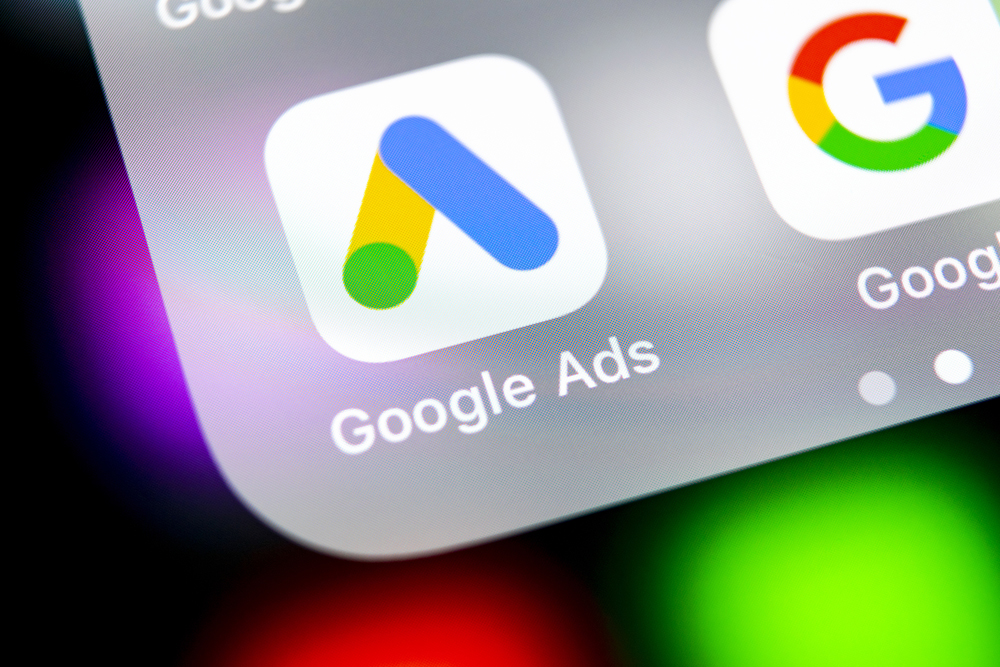Today is the rollout day for Google’s new tracking method that you cannot opt out of called Digital Fingerprinting.
Cookies don’t matter anymore. Now, Google is collecting the following information for use with advertising on its Google Ads platform and across all its properties and partner properties on the web.
Unique Signals Make Your Fingerprint
Google now records the following on you in order to create a unique digital ID of your online use and behavior that can be targeted with Google Ads advertising.
- IP address
- Device’s unique signature.
- Operating system and version
- Browser type used
- Battery level
- Language
- Screen resolution and screen size
- Keyboard plugins
- Network information
- User behavior online
- Device model and make
- Supported fonts
- User agent string
- Time zone
- Http headers
- Behavior data including mouse movements
- Typing patterns
- WebGL (Web Graphic Library) a JavaScript API that renders interactive visuals in a browser
- Device hardware information and configuration
- Graphics card details
- Other numerous signals
What Are the Experts Saying?
Other websites have stated that Google is collecting hundreds of data points including those mentioned above that are used to create a cross network digital ID that identifies your activity for targeting. I have not seen that this digital ID is matched to you as a known person, but that cannot be ruled out at this time.
What I do see is that all this collected information is used to create a unique profile that Google can then leverage in their advertising to make granular decision on who to target for remarketing, content advertising, and smart connected TV advertising.
Many privacy professionals and countries have expressed growing concern over this new tracking tactic and are posting complaints about this change. Of important note is that a user simply cannot opt out or control what data is being collected. This new tracking method is not like a cookie tracking. The end use does not have the ability to control or opt out of the information collection.
Below are a few comments from important agencies.
“The UK’s Information Commissioner’s Office (ICO) has called Google’s policy change to use digital fingerprinting “irresponsible”. The ICO says that fingerprinting is an unfair way to track users and reduces their control over their information.” Read more.
Regulators and privacy advocates have long warned the marketplace of the privacy dangers of fingerprinting techniques. For example, in 2015 the World Wide Web Consortium (W3C) came out strongly against fingerprinting, calling it a “blatant violation of the human right to privacy.” Read more.
“By allowing fingerprinting, Google has given itself – and the advertising industry it dominates – permission to use a form of tracking that people can’t do much to stop,” said Martin Thomson, distinguished engineer at Mozilla, a rival to Google.” Read more in this BBC article.
Our Take on Digital Fingerprinting
Of specific concern to our team at McCord Web Services is a user’s inability to review the tracked data, to opt out, or to have data removed. These new tracking signals are not like browser cookies.
For advertisers on Google Ads, a digital fingerprint is maybe great news. A digital fingerprint allows for more robust tracking and therefore better ad targeting which may drive more targeted conversions.
We do expect more states, countries, and agencies to weigh in on this important topic that impacts a consumer’s privacy in the weeks to months to come.
What Can You Do Now?
You can add the WebGL Defender extension to your browser for now to capture a degree of privacy. This extension works for me in Edge and Firefox. The extension thwarts tracking by generating a fake response for the tracking in the WebGL category which may to a degree thwart the fingerprinting.
However, as the WebGL is a JavaScript library, some websites have not worked for me (GoDaddy is one of them), as it perceives that JavaScript is off.
Be aware that Google has already stated that JavaScript must be turned on to use the Google.com search engine as of February 15th. Read this article on that topic.
As more information becomes clear, we will keep you updated on this important change.
To find out more about McCord Web Services and what we do, please visit our website at McCordWeb.com.




